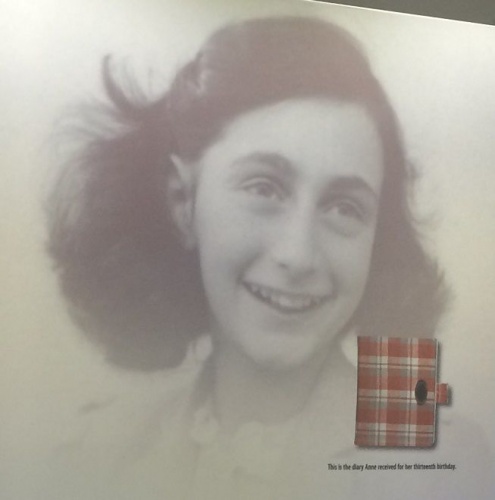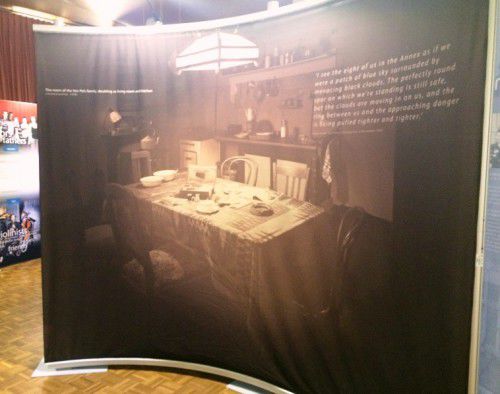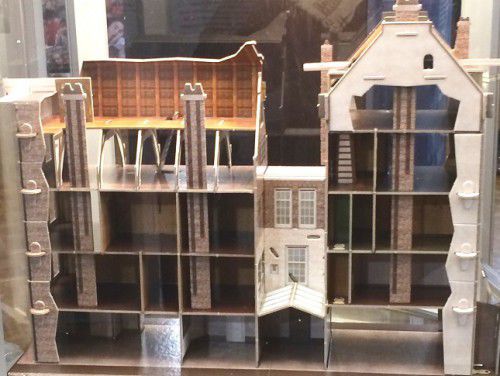THE newest Anne Frank exhibition, which just had its world premiere at the National Jewish Centre in Forrest, has all of the virtues and all of the dangers of any exhibition that is primarily to do with ideas.
Titled “Let Me Be Myself,” the exhibition has been curated by the Anne Frank Stichting (Foundation) in central Amsterdam, and involves immersive elements that distinguish it from previous exhibitions.This exhibition depends on the story behind it. And what a story—one of the most famous in the world—that of the young girl Anne Frank, who faces a disintegrating world what she called “inward strength and plenty of courage” through the diary she was given as a 13th birthday present. It is a diary now studied by teenage girls the world around.
The title “Let Me Be Myself” is also the theme of the exhibition, so in the final section, the contemporary implications of Anne Frank’s story are explored as we viewers are invited to ask how we identify ourselves, and how we now approach discrimination and minority issues. Though based on Dutch cultural minorities, the message works well in multicultural Australia.According to Dutch-born New Zealander Boyd H Klap, chairman of the Anne Frank Exhibition Australia, the show, which was two years in the planning, has avoided over-lengthy descriptions and uses the very latest curatorial thinking to add an immersive element.
In the centre is a circular enclosure taking the viewer into a photographic reconstruction of the very room in which Anne Frank and Fritz Pfeiffer lived. On the outside, a model and an architectural plan of the house show the location of the “annexe” in which the Frank family hid. As well, there are slides, 3 short DVD films, a film, “The Short Life of Anne Frank” and rare objects, including an example of the yellow Star of David which Jews were forced to wear and which many Gentiles, like Klap as a young man, wore in protest.Amsterdam-based coordinator of the exhibition, Levien Rouw said the Anne Frank Foundation had around 100 staff in Amsterdam itself and a wider network of approximately 200 people. He said that a Dutch language version of the show would open in Amsterdam in about two weeks’ time after which it would travel internationally.
For the main part, the exhibition consists of seven modules, a series of chronological panels following the personal history of Otto Frank and his family from this time in their native Germany, through their flight to the Netherlands after Hitler became Chancellor, their time establishing themselves in a family business, the increasing persecution of Jews in the Netherlands and their decision to go into hiding in the “Secret Annexe”, their betrayal into concentration camps where Anne Frank and her sister died of illness 70 years ago, shortly before the end of the war.Only Otto Frank survived the war and Anne’s diary was found by Miep Gies, who had helped them by bringing food and news.
The chronological sections involve simple wording, enlarged historical photographs displayed on concave display panels, and strikingly dramatic titles like “Friends are on the Way” and “Trapped”.
In short, this is an exhibition that tells a story with a universal application. The curators have ensured that there is plenty to look at, but, more important, much to engage the mind and the conscience.
The post Engaging the mind and the conscience — Anne Frank exhibition appeared first on Canberra CityNews.





